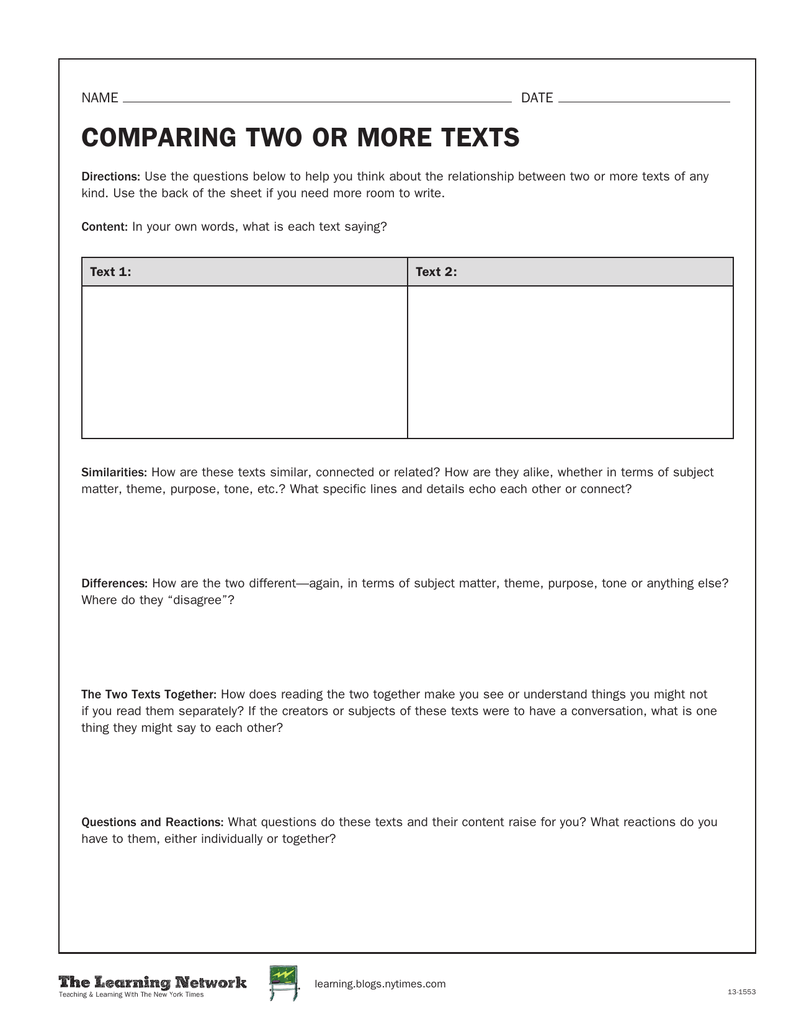

The most basic form of string comparison is the equality test, where the two strings are compared character by character and a Boolean result indicating whether they are equal or not is returned. This comparison can be done at the character level or at a higher level, such as the word or sentence level. String comparison is a fundamental operation in text comparison tools that involves comparing two sequences of characters to determine if they are identical or not.

The results of the comparison are usually presented in the form of a report or visual representation, highlighting the similarities and differences between the texts. The comparison may be based on the exact wording of the text, or it may take into account synonyms and other variations in language. This is typically done by breaking the texts down into smaller units such as sentences or phrases, and then calculating a similarity score based on the number of identical or nearly identical units. Text comparison tools work by analyzing and comparing the contents of two or more text documents to find similarities and differences between them.


 0 kommentar(er)
0 kommentar(er)
